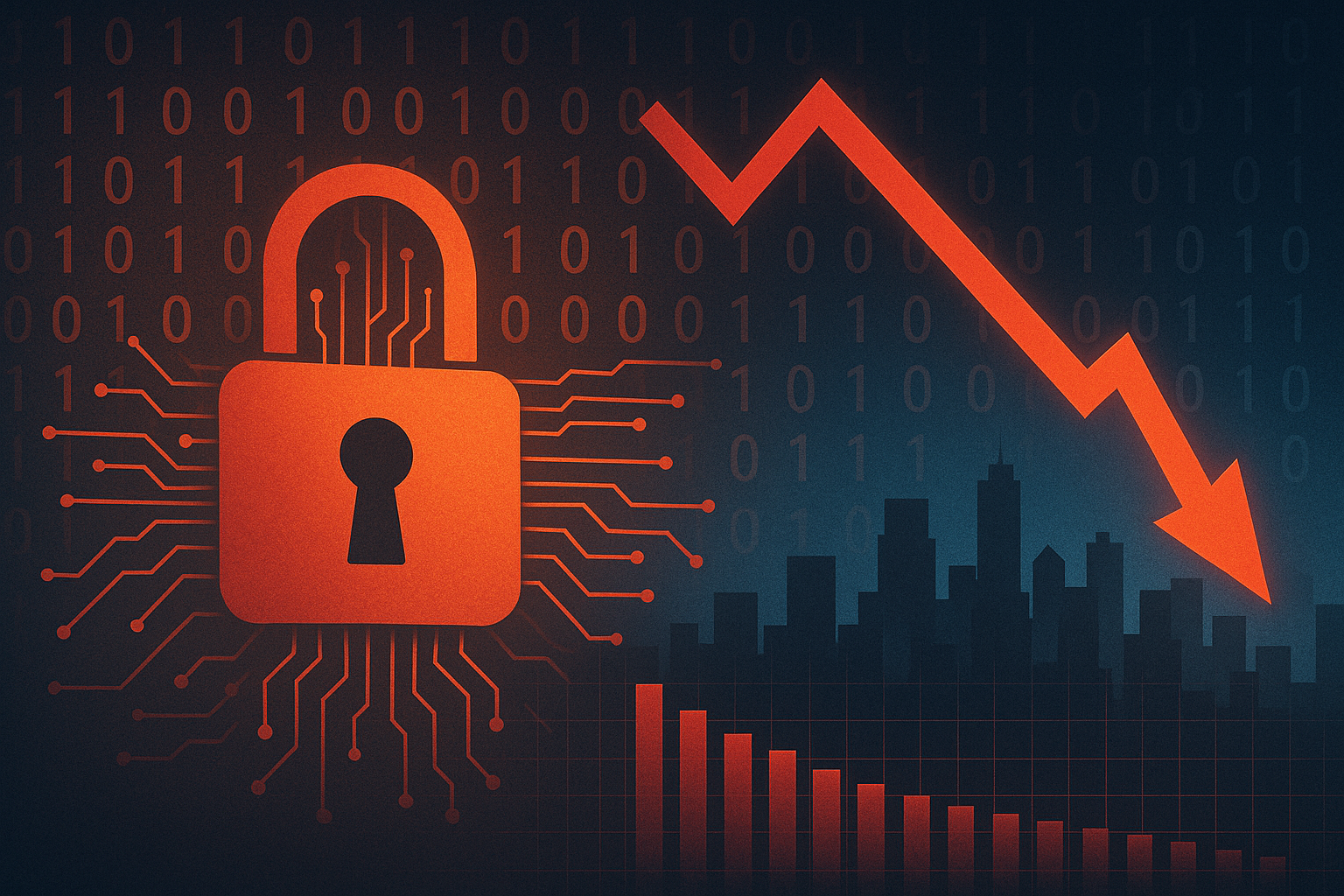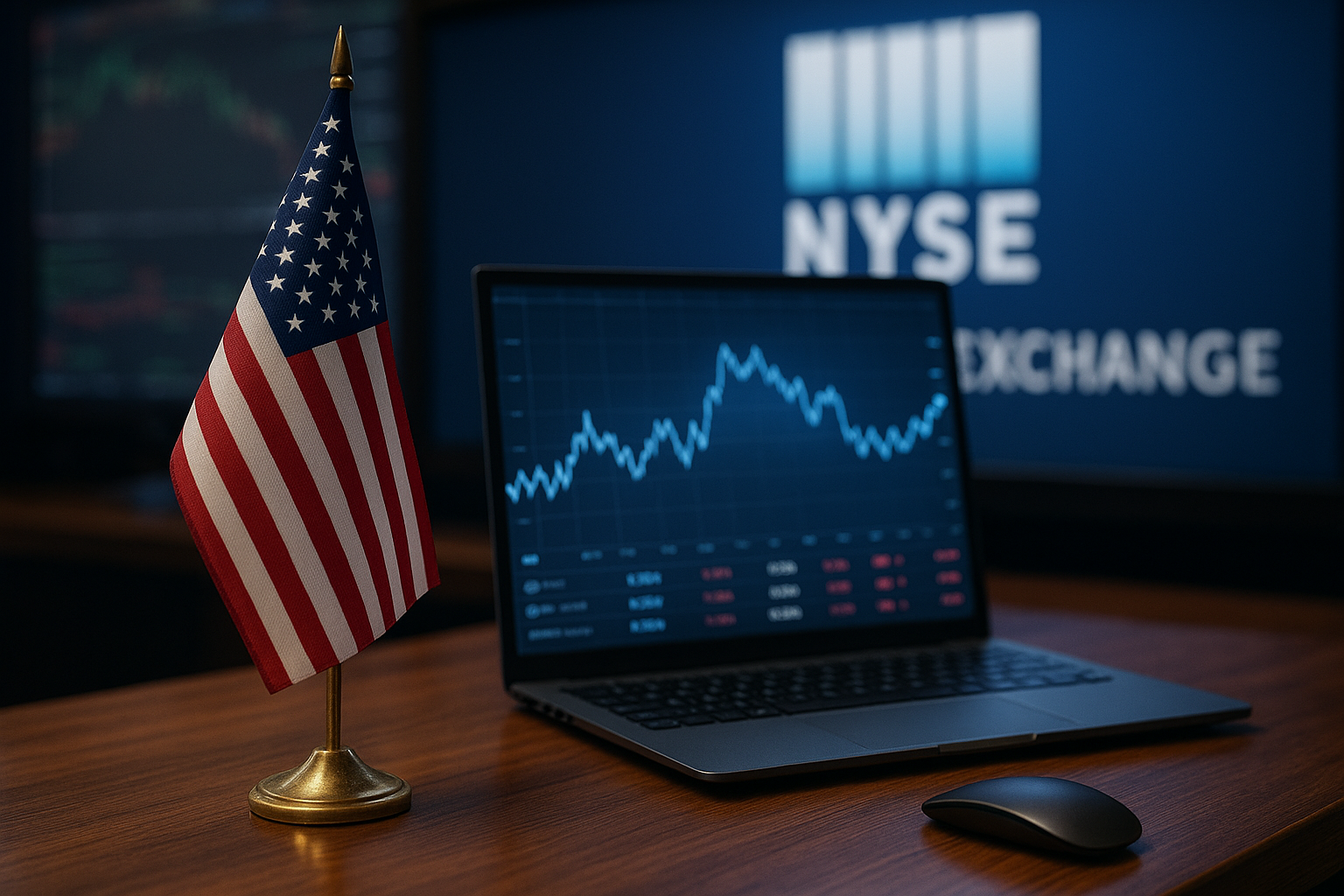Ransomware Breach Sends Shares Tumbling Amid Rising Cybersecurity Threats
Marks & Spencer (LSE: MKS), one of the UK’s most iconic retail chains, has fallen victim to a coordinated ransomware attack orchestrated by the hacking group known as Scattered Spider — leading to significant operational disruption and a nearly 7% drop in its share price.
According to The Times, the attackers infiltrated M&S’s internal systems, encrypting files and stealing sensitive corporate data, including backend system configurations and employee credentials. The breach highlights how even well-established companies remain vulnerable to increasingly sophisticated cyber threats — and why cybersecurity readiness is fast becoming a core investment metric.
Why This Matters for Investors
The Cost of a Breach Extends Far Beyond the IT Department
The M&S incident isn’t just a cybersecurity failure — it’s a business disruption with real financial consequences. Cybersecurity firm Coveware reports that the average cost of a ransomware attack now exceeds $5.3 million, factoring in downtime, reputational damage, legal fees, and customer attrition.
The 7% stock decline following news of the breach illustrates how investor confidence can erode rapidly in the face of such events. The breach raises questions about Marks & Spencer’s cyber posture, especially given the group responsible — Scattered Spider — is known for targeting corporations through social engineering and identity fraud tactics.
Who Are Scattered Spider?
Scattered Spider, also identified as UNC3944, is an elite cybercriminal collective known for using SIM-swapping and phishing tactics to gain access to enterprise networks. They have previously been linked to attacks on MGM Resorts, Caesars Entertainment, and several tech firms.
What makes them particularly dangerous is their ability to bypass multifactor authentication and gain privileged access, often leveraging legitimate tools to evade detection. This aligns with broader trends reported by cybersecurity firm CrowdStrike, which in 2024 identified “identity-based attacks” as the fastest-growing threat vector for enterprises.
Financial Fallout and Sector Ripple Effects
Marks & Spencer is likely facing:
- Regulatory scrutiny under the UK’s Data Protection Act and potentially the EU’s GDPR, if European customer data was affected.
- Reputational damage, especially among digitally active customers who trust M&S for online shopping and food deliveries.
- Operational delays, especially if internal systems related to logistics, HR, or point-of-sale have been compromised.
Such incidents often have a ripple effect across the retail sector, prompting revaluation of cybersecurity risks in peer companies and prompting sell-offs when investor confidence is shaken.
Trends to Watch: Cybersecurity as an Investment Theme
As these attacks grow more common and costly, cybersecurity is no longer optional — it’s a board-level priority. For investors, this shift presents both risks and opportunities.
🔐 Cybersecurity Stocks Outperform: Companies offering endpoint protection, identity management, and incident response — such as CrowdStrike (CRWD), Palo Alto Networks (PANW), and Zscaler (ZS) — are poised for continued growth as demand surges.
📊 Cyber ETFs Surge in Popularity: ETFs like First Trust Nasdaq Cybersecurity ETF (CIBR) and Global X Cybersecurity ETF (BUG) have seen consistent inflows as institutions seek diversified exposure to the trend.
📉 Cyber Risk Discount: Companies with repeated security lapses or poor risk disclosures may suffer a valuation discount, especially as ESG investors increasingly include cybersecurity under the governance pillar.
Key Investment Insight
Cybersecurity is now a core element of corporate valuation. Investors should evaluate firms not just on earnings and market position, but also on their cyber maturity, transparency in reporting breaches, and strategic investments in IT resilience.
Due diligence can include reviewing a company’s:
- Publicly disclosed risk management strategies
- Presence of a Chief Information Security Officer (CISO)
- Cyber incident history and response timelines
Stay Ahead with MoneyNews.Today
As digital threats reshape the corporate landscape, staying informed is key to protecting and growing your investments. Follow MoneyNews.Today for expert analysis at the intersection of technology, finance, and risk, helping you stay one step ahead in a fast-moving market.





